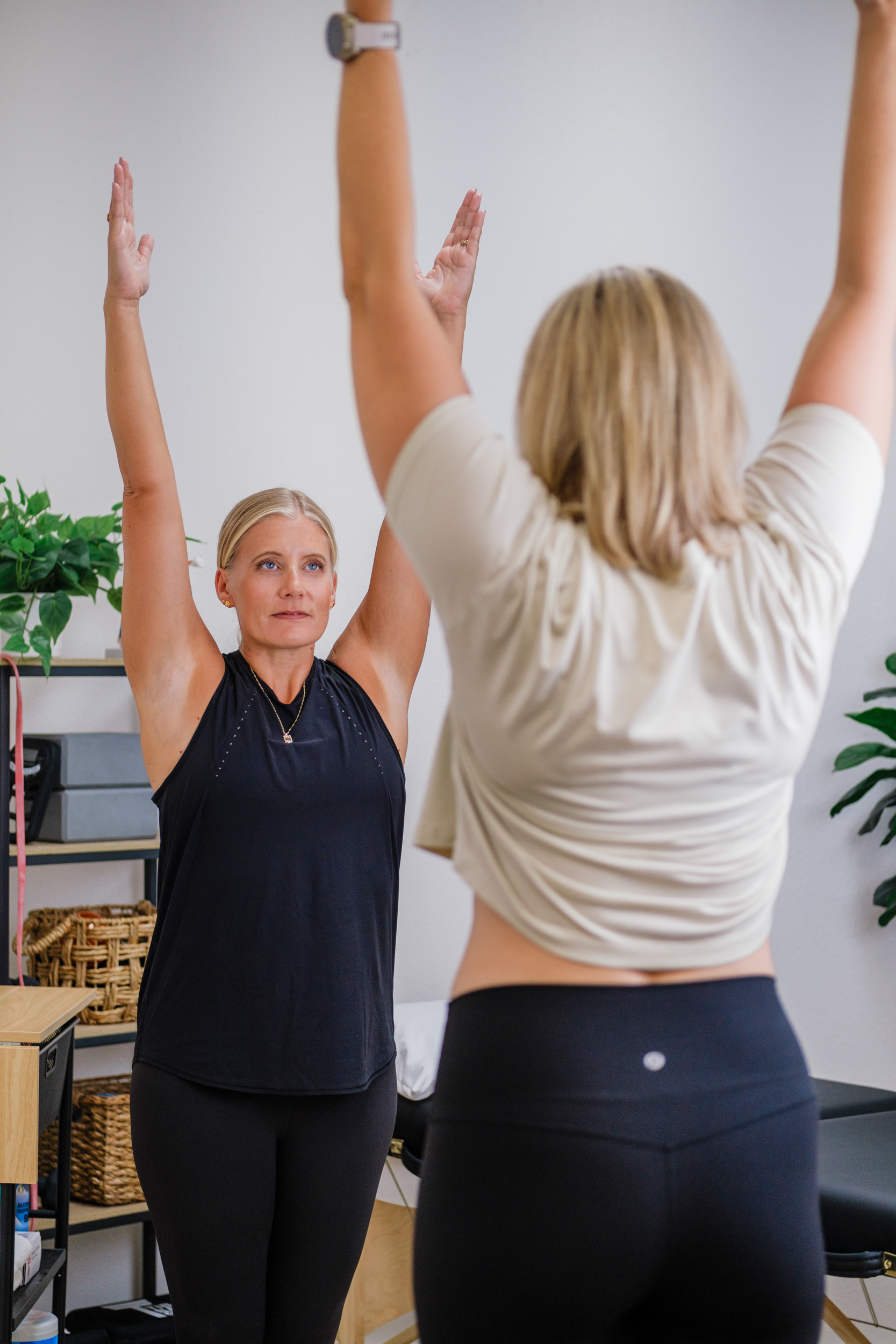Rest is Officially Outdated: Why Movement is the Key to Healing
When you’re in pain or recovering from an injury, the first instinct is often to rest. For years, the prevailing advice was to stop moving, avoid activity, and let the body heal. But recent research and advancements in physical therapy have debunked this myth: prolonged rest can do more harm than good. Recent research shows that movement in recovery can help heal injuries faster than rest. In fact, intentional movement is now recognized as one of the most effective tools for recovery and long-term health.
Let’s explore why movement matters, how it helps with pain and injuries, and what you can do to recover better and faster.
The Problem with Prolonged Rest
Rest has its place in recovery, especially in the acute phase of an injury when inflammation and swelling are high. However, prolonged inactivity can lead to:
- Muscle Weakness: Without movement, muscles begin to atrophy, reducing strength and stability around the injured area.
- Stiffness: Joints and soft tissues can become less flexible, making it harder to regain full mobility.
- Delayed Healing: Lack of blood flow slows down the delivery of nutrients and oxygen needed for tissue repair.
- Psychological Impact: Inactivity can lead to feelings of frustration, anxiety, or even depression, especially for active individuals.
Why Movement in Recovery is the New Standard
Movement-based rehab strengthens muscles and reduces pain. Controlled, therapeutic movement has been shown to:
- Promote Healing: Gentle movement increases blood flow, bringing vital nutrients to injured tissues and speeding up recovery.
- Reduce Pain: Movement helps release endorphins, your body’s natural painkillers, while also preventing pain from becoming chronic by keeping the nervous system engaged.
- Improve Mobility: Regular movement prevents stiffness and promotes flexibility, helping you return to normal function faster.
- Build Strength and Stability: Movement-based rehab strengthens the muscles around the injured area, reducing the risk of re-injury.
When to Rest vs. When to Move
It’s important to strike the right balance between rest and movement. Here are some general guidelines:
- Rest: In the first 24-48 hours after an acute injury, focus on reducing swelling and pain with techniques like non-painful activities that increase circulation, extremity elevation, and light compression.
- Introduce Movement: As pain subsides, begin gentle, controlled movements to maintain mobility and prevent stiffness.
- Progress Gradually: Work with a physical therapist to safely progress your exercises and tailor them to your recovery needs.
The Benefits of Active Recovery for Injuries
Physical therapy bridges the gap between rest and full activity. A skilled physical therapist can:
- Assess your injury and movement patterns.
- Create a personalized rehab plan with targeted exercises.
- Guide you through proper form to prevent re-injury.
- Use techniques like manual therapy and coaching to optimize systemic health to complement movement-based recovery.
When to Rest and When to Move in Your Recovery
The myth of “rest is best” is officially outdated. Movement is a powerful tool for overcoming pain and injury—and it can be tailored to your specific condition, fitness level, and goals. Incorporate active recovery into your plan to recover quicker and more effectively.
If you’re struggling with pain or unsure how to safely incorporate movement into your recovery, we’re here to help. At Evolve Hawaii PT, we specialize in active recovery strategies that get you back to doing what you love—stronger and more resilient than ever.
Schedule a free 15 minute consultation HERE to learn more about 1-on-1 treatment sessions and our Prescriptive Exercise Program. Let’s move you toward a pain-free future!
January 31, 2025
Alex Langford

Join our weekly newsletter to receive expert health tips, actionable insights, and updates on upcoming events and programs.